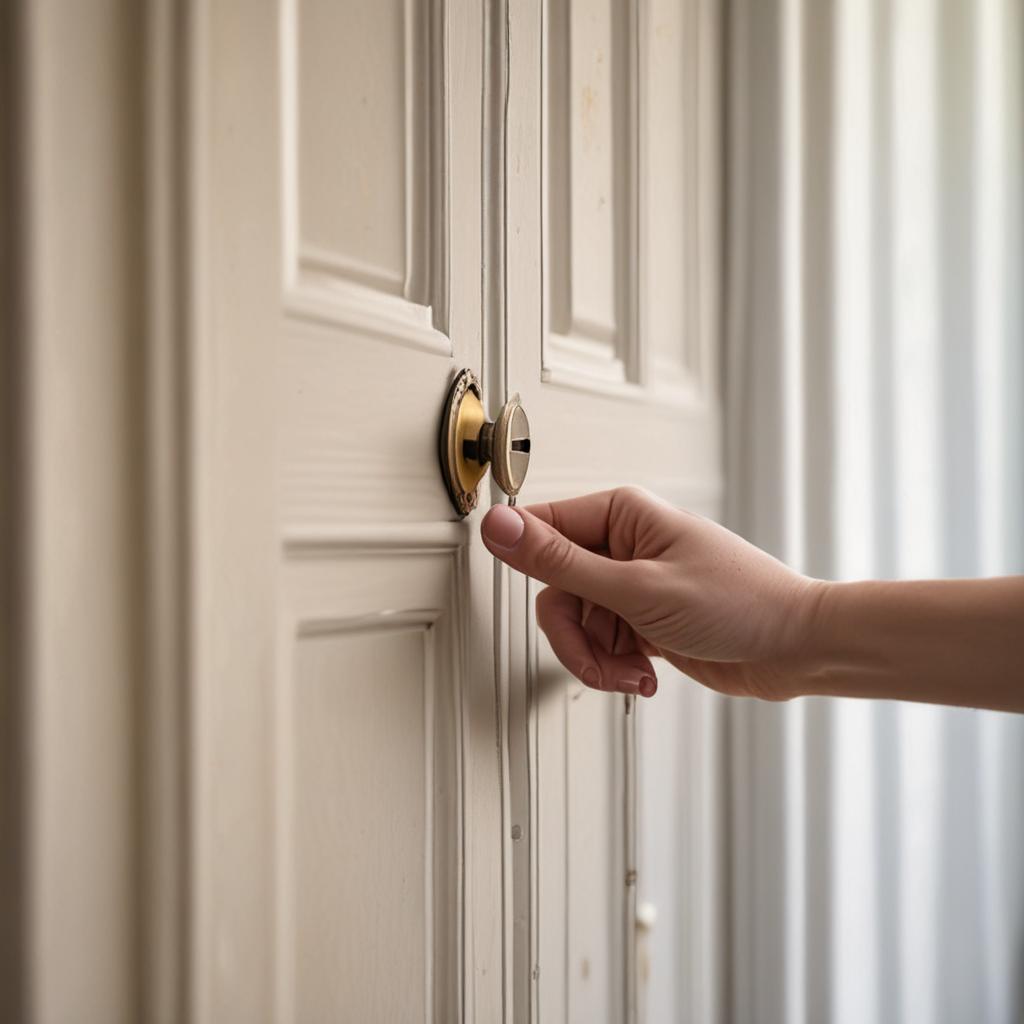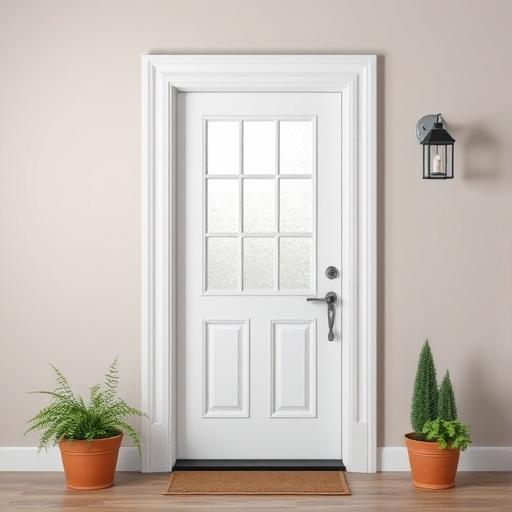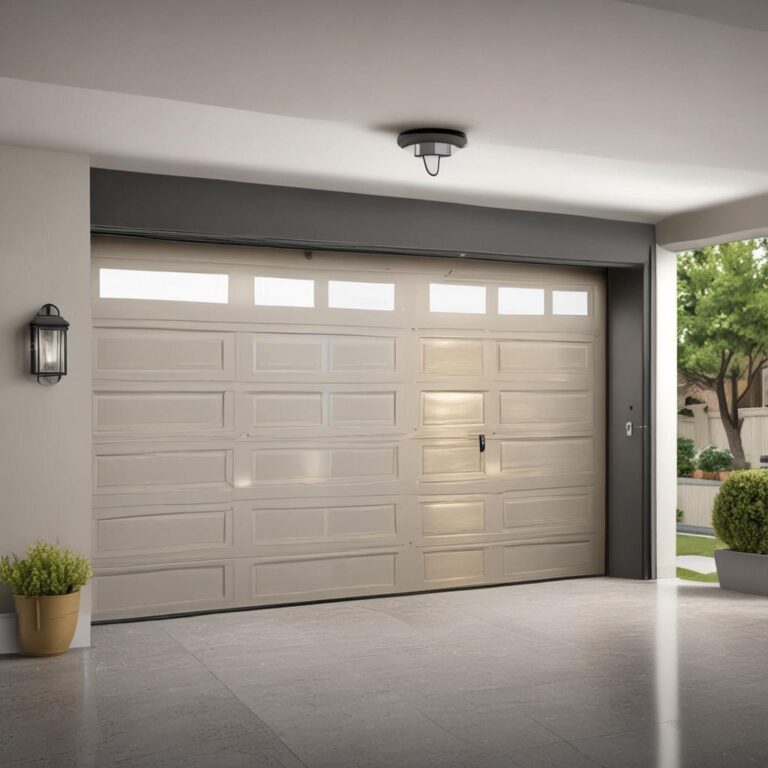How to Unlock a Door with a Bobby Pin
Finding yourself locked out of your home or office can be stressful, especially when you’ve misplaced your keys or encountered an emergency. While professional locksmiths are the safest option, knowing basic lock-picking techniques using everyday tools like a bobby pin can offer a temporary solution in a pinch. However, it’s essential to remember that attempting to pick a lock without permission is illegal and unethical. This guide focuses solely on using these methods on locks you own or have authorized access to. Below, we’ll walk through the fundamentals of lock picking, the proper technique for using a bobby pin, and when to call for expert help to ensure you act responsibly and safely.
Understanding the Basics of Lock Picking
How Locks Work
Most standard door locks use a pin tumbler mechanism, where a series of spring-loaded pins block the lock’s cylinder from turning. When the correct key is inserted, it aligns the pins, allowing the cylinder to rotate freely. Single-pin locks are rare and simple, while multi-pin locks offer greater security by requiring precise alignment of multiple pin stacks.
Tools Needed
A bobby pin (or hairpin) serves as the primary tool for picking. It can be shaped into a makeshift pick to lift pins manually. A tension wrench, which applies rotational pressure, can be improvised with a flathead screwdriver or another thin, rigid object. For better control, consider using a second bobby pin or a paperclip as a tension tool.
Step-by-Step Guide to Picking a Door Lock with a Bobby Pin
Preparing the Bobby Pin
Take a standard bobby pin and straighten one side, leaving the other coiled for tension. Alternatively, split the pin into two parts: bend one into a hook-like pick and use the other as a tension wrench. If using a hairpin, create a small bend at one end to form a pick and leave the other end straight for tensioning.
Applying Tension to the Lock
Insert the straight end of the tension wrench into the lower part of the keyhole and gently turn it in the direction the door normally opens. This applies minimal rotational force to the lock’s cylinder, mimicking the role of a key. Too much pressure can jam the mechanism, so maintain a steady, light hold.
Lifting the Pins with the Bobby Pin
Insert the bent tip of the bobby pin into the keyhole and gently rake it across the pins, or lift each pin individually by feeling for resistance. As you bump or lift each pin, you should sense a slight click when it reaches the correct position. Repeat this process until all pins are set, ensuring the tension remains consistent throughout the attempt.

Turning the Lock
Once all pins are aligned, maintain tension on the wrench while carefully lifting the final pin. If successful, the lock will give way, and you can turn the tension wrench to open the door. If it doesn’t budge, reset the pins and try again, adjusting your pressure and technique as needed.
Common Mistakes to Avoid
Applying Too Much Pressure
Excessive force can bend pins or damage the lock’s internal components, making it impossible to open. Stick to gentle tension and avoid aggressive movements, especially if you’re a beginner.
Not Aligning the Bobby Pin Properly
Ensure the bobby pin’s tip reaches the top of the keyhole to lift all pins effectively. Misalignment may result in missing a pin, which prevents the lock from opening despite partial progress.
Skipping the Tension Step
Without rotational tension, the pins won’t align properly, and the lock won’t turn. Always apply light pressure with your tension tool before attempting to lift the pins.
Alternative Methods for Unlocking a Door
Using a Credit Card (For Latch-Lock Doors)
Credit cards work only on doors with a spring-loaded latch mechanism. Slide the card between the door and frame near the lock, then wedge it to push the latch back. This method is ineffective for deadbolts or modern keyhole locks.
Improvised Lock Picks
Items like paperclips or safety pins can also be bent into tension wrenches or picks. However, these tools lack the precision of proper lock-picking sets, increasing the risk of damage. Use them only as a last resort on simple locks.
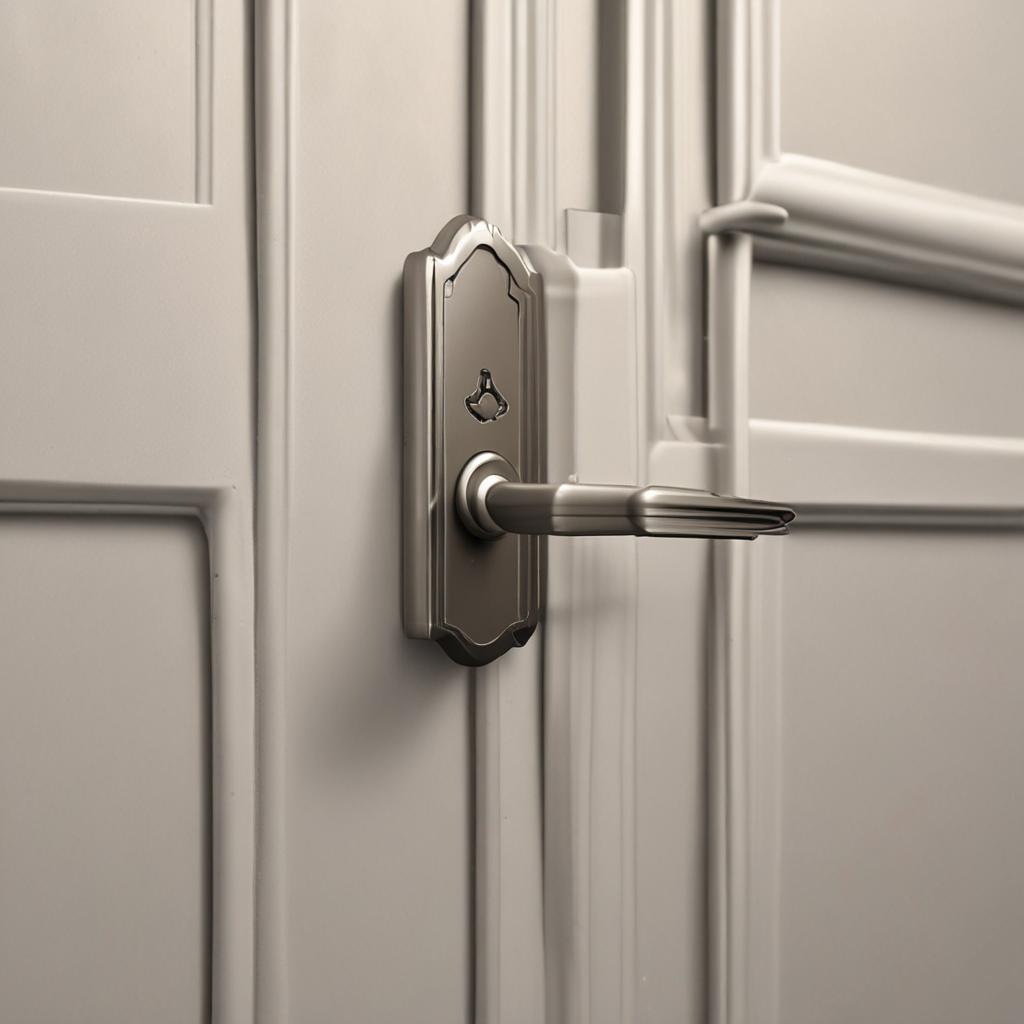
When to Call a Professional Locksmith
Signs You Shouldn’t Attempt Lock Picking
High-security locks, deadbolts, or locks with reinforced mechanisms are difficult to bypass without specialized tools. Repeated attempts can damage the lock, leaving your door vulnerable to future break-ins.
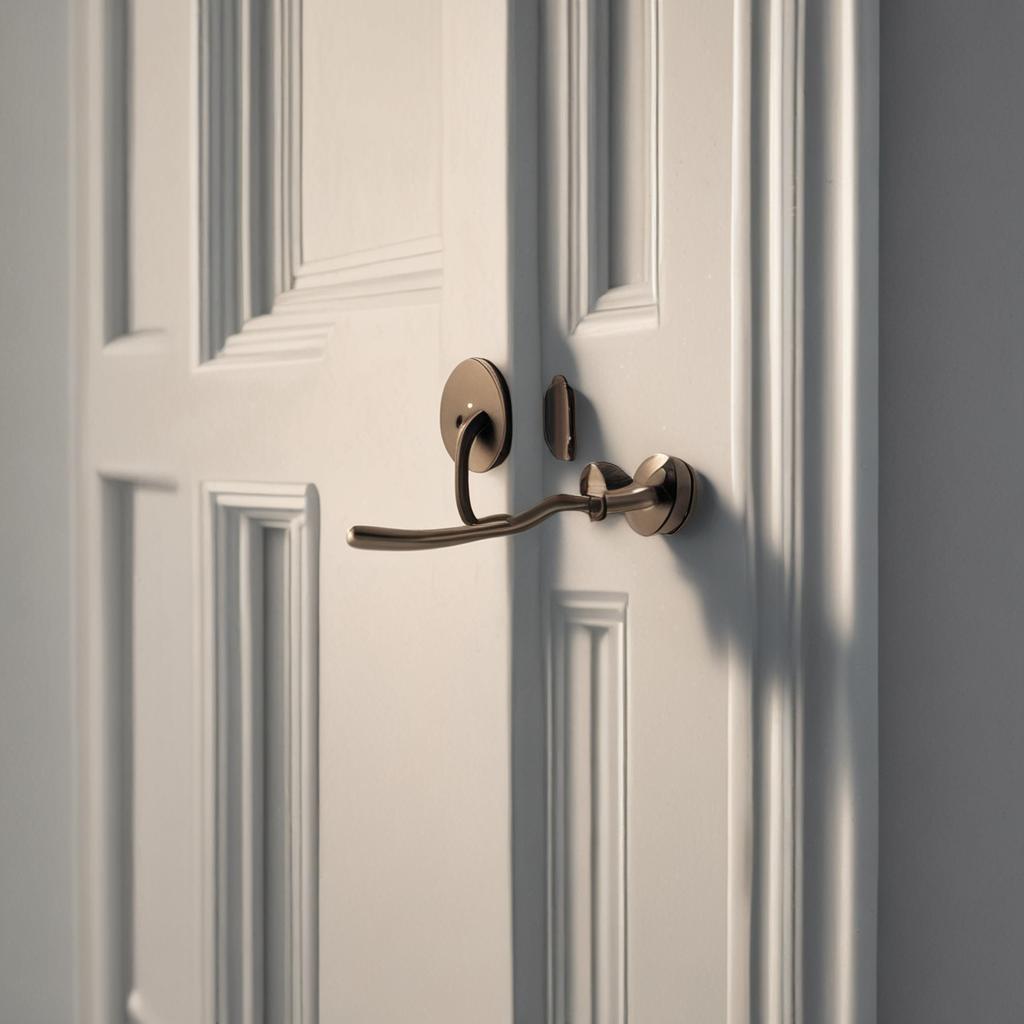
When to Seek Help Instead
In emergencies, such as being locked out without alternatives, consider calling a locksmith rather than risking forced entry. Forced methods like breaking a window or damaging a door can lead to unnecessary repair costs and legal issues.
Conclusion
Unlocking a door with a bobby pin requires patience, precision, and an understanding of basic lock mechanics. By applying tension and carefully manipulating the pins, you might open a simple lock temporarily. However, always prioritize legal and ethical boundaries—never attempt this on locks you don’t own or have permission for. If you face repeated lockout issues or have high-security locks, consult a professional to ensure safety and compliance. Remember, lock-picking skills should be reserved for emergencies or educational purposes, and investing in keyless entry systems or spare keys can prevent such situations altogether.
FAQs
Is it legal to pick a lock I don’t own?
No, lock picking without permission is illegal in most jurisdictions. Only attempt this on locks you own or have explicit authorization to access.
Can this method work on all types of door locks?
It works best on basic pin-tumbler locks, such as those found in older doors or budget hardware. High-security or electronic locks may require advanced techniques or tools.
What if the lock doesn’t open after multiple attempts?
If you can’t pick the lock, avoid forcing it to prevent damage. Call a licensed locksmith instead of persisting, which could worsen the issue.
Are there any risks to attempting this yourself?
Yes, improper techniques can break the lock, jam the mechanism, or compromise your door’s security. Always proceed carefully and know your limits.
Can I use a bobby pin to unlock a car door?
Similar principles apply, but car locks often have tighter tolerances or electronic components. Some modern vehicles are nearly impossible to pick without specialized equipment.

